Living the fashionable life with Durjoy Rahman
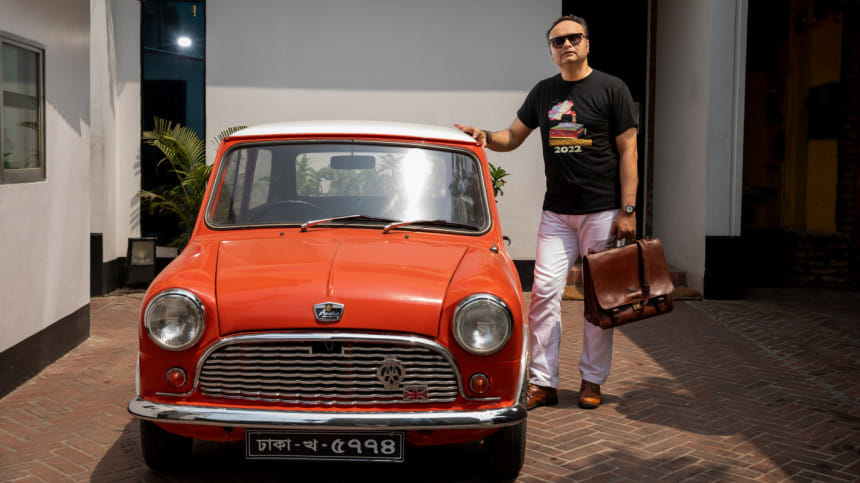
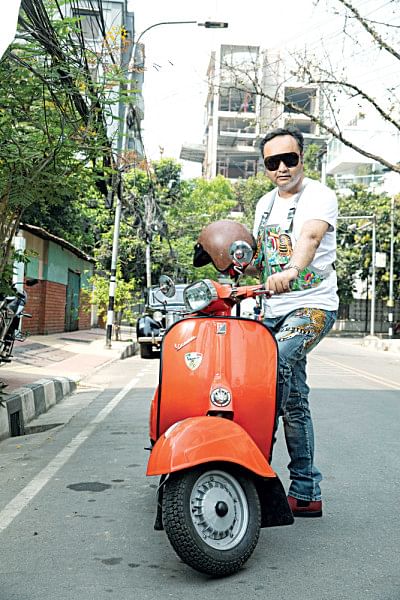
Durjoy Rahman, a multifaceted man with the heart of a philanthropist has donned many hats in his ongoing journey. From being a co-founder of one of the oldest textile and garment sourcing companies in Bangladesh, vintage and antique collector to promoting South Asian art and artists to global audiences through his foundation, Durjoy Bangladesh Foundation, based in both Berlin and Dhaka, the debonair man has done it all when it comes to being distinct.
While shuffling through his roles, he also takes pride and finds solace in putting together his ensembles for every occasion. Star Lifestyle sits with Durjoy Rahman and goes in-depth about his process of being chic.
Do you consider yourself flamboyant?
My identity is Bangladesh and there is nothing more flamboyant than being a patriot. I wore a Bangladeshi hand-stitched quilt vest at an event in Berlin. Many found the vest interesting due to its design and many asked about its origin. Those are the moments where I beam with pride and flamboyance. My philosophy is to be distinct very politely with your own sense of fashion in a crowd and that makes me flamboyant.
What is your colour fascination?
It has to be red, yellow, and white. But mostly red. Being a rebel has always been my second nature and the colour red represents that. This colour fascinates me to the point where I try to incorporate that into my everyday life. Painting the walls of my office lounge or exhibiting red trousers at a social event. I have done it all.
When it comes to being mellow, I do not shy away from wearing all white. A complete neutral colour. I resonate only with either end of the spectrum, "Bold or Mellow". We usually misconstrue the essence of being bold into being loud. However, I try to put that notion on the right track.
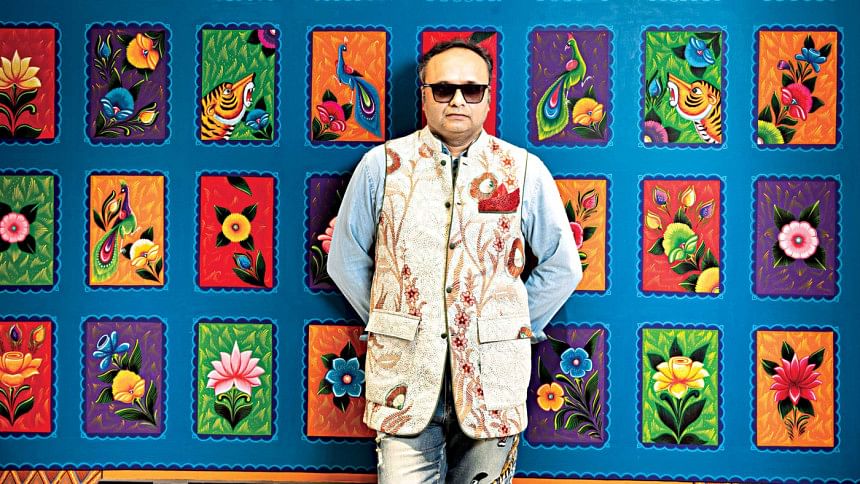
Whose couture were you inspired by?
There's an eloquent sense of fashion in the bygone eras. To this day I take inspiration from the stars of those times. If I had to specify, Gregory Peck, Roger Moore, Uttam Kumar and Nayok Raj Razzak knew how to dress. Their magnetism and elegance would put you into a trance. They were the epitome of suave and the initial inspiration for me.
Who's your fashion idol?
As grew more fascinated with the world of fashion, the creative endeavours of Gianni Versace, Pierre Balmain, Giorgio Armani and, last but not least, Karl Lagerfeld intrigued me enough to venture into my own sense of fashion. Knowing about them back in the day would serve you as a great conversation starter or ice breaker.
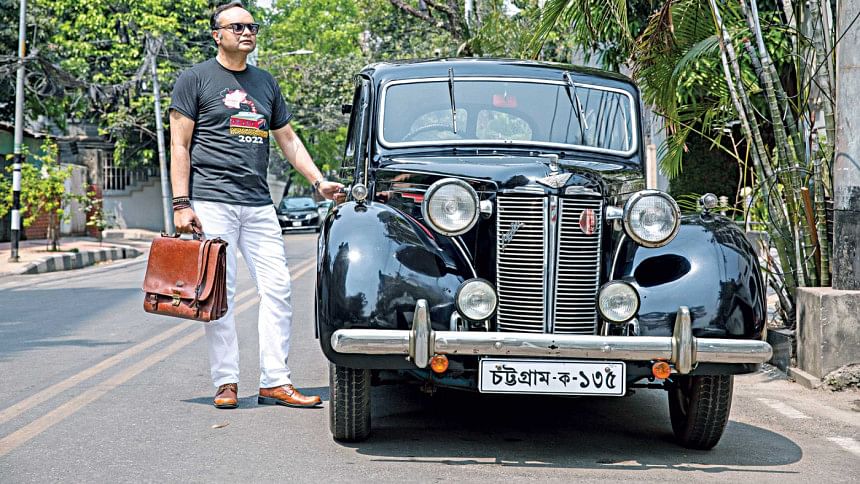
Being a man of finesse and culture, how do you define your taste in fashion?
I would wear anything that has a story behind it. Anything that invokes emotion in me. From wearing a Bangladeshi Katha Stitched Vest, a belt from a street peddler in Berlin or an Army Jacket from an army memorabilia shop in Moscow— they all have a bit of history with them.
"Be distinct but tolerant," would be my sense of fashion if you put it into words. The motto "standing out in the crowd" is something I admire and even follow to this day. However, I always make sure not to be too eccentric. You do not want to be a fish out of the water.
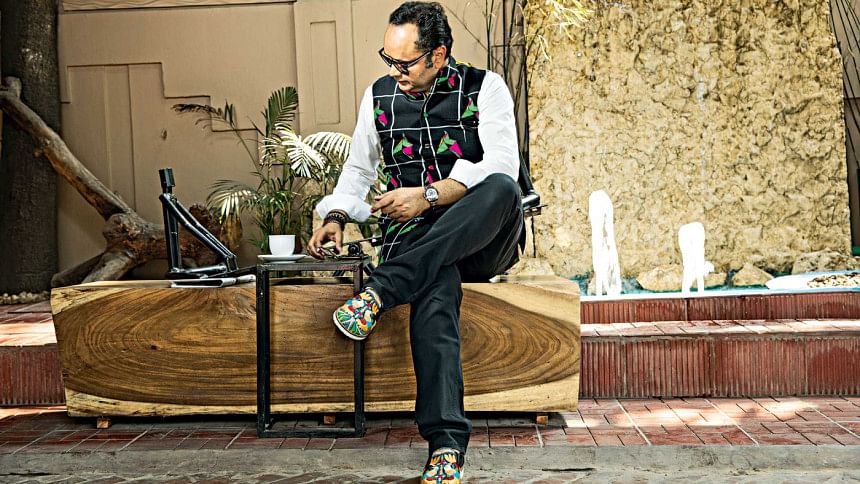
When you're travelling, how do you plan out your sets of attires for the entire trip?
It depends on the purpose of my travel. Being a frequent flyer myself, I start with attires that are comfortable and are easy to breathe in during long-haul flights. It is imperative for me to be professional and dignified when I land due to people greeting me or joining an impromptu meeting right away.
That being said, two or three decades back, you would see me wearing shorts and slacks, like the Americans, on my flights. However, you will not see me in that anymore (laughs). There are phases in life where you learn to let go of things you fancy.
During the daytime, I try to play it safe by wearing a khaki or beige coloured ensemble. You can never go wrong with it until evening. You can even be in meetings without feeling out of place. At the end of the day, I set my attires according to my itinerary.
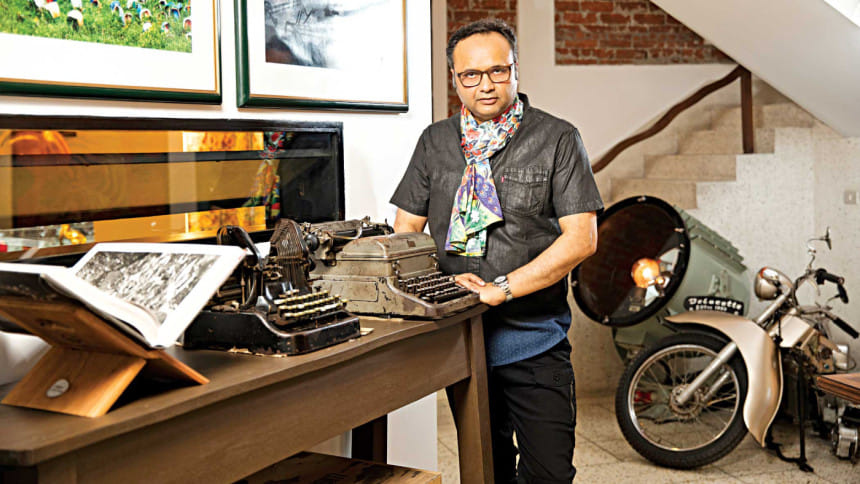
Stealing the show in the Dhaka party scene, how do you plan it?
Whenever I attend any occasion, I always tend to treat it as an event. Dressing appropriately is imperative but being identifiable also takes precedence. All these efforts are made to respect the host. If the host can go through all the trouble to make arrangements for a group of people and me, the least I can do is honour the host with my chose of clothes.

Where do you see the fashion scene of Dhaka in the next five years, how would you contribute to it?
Bangladesh is currently on its way to becoming a middle-income country. Hence the growth of the fashion industry is inevitable. However, it has to project a sustainable growth pattern.
If I have the opportunity to contribute to its sustainability, I would do so by requesting all fashion designers to be an example of humility. You have to possess the ability to respect your work, your peers and your clients during your journey as a creator. There must be a positive vibe and a nurturing environment in a creative field such as the Fashion industry in order to be sustainable.
Photo: Sazzad Ibne Sayed
Model: Durjoy Rahman
Wardrobe Courtesy: Durjoy Rahman's personal wardrobe, Kuhu Plamondon & Chandana Dewan, Lidia May, Heritage Palli and 1972
Makeup: Sumon Rahat
Styling: Isha Yeasmin

 For all latest news, follow The Daily Star's Google News channel.
For all latest news, follow The Daily Star's Google News channel. 



Comments